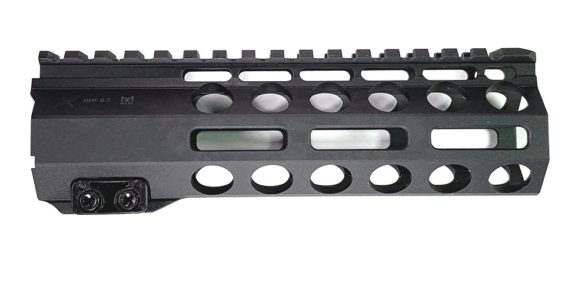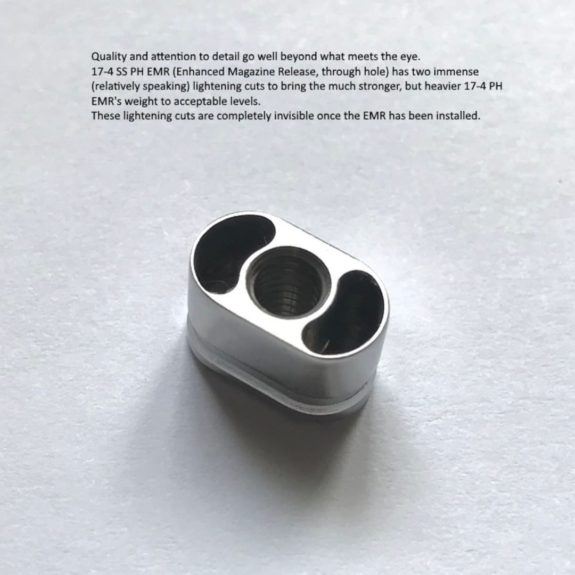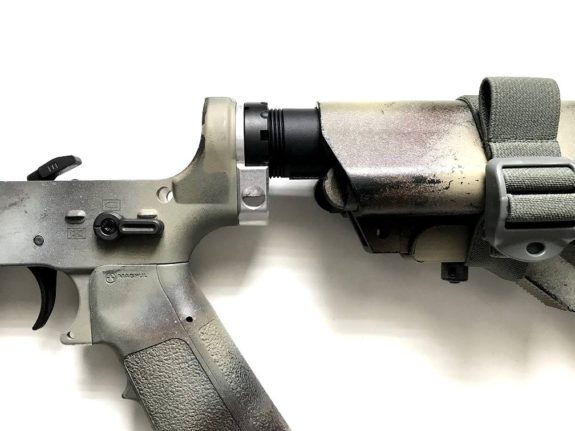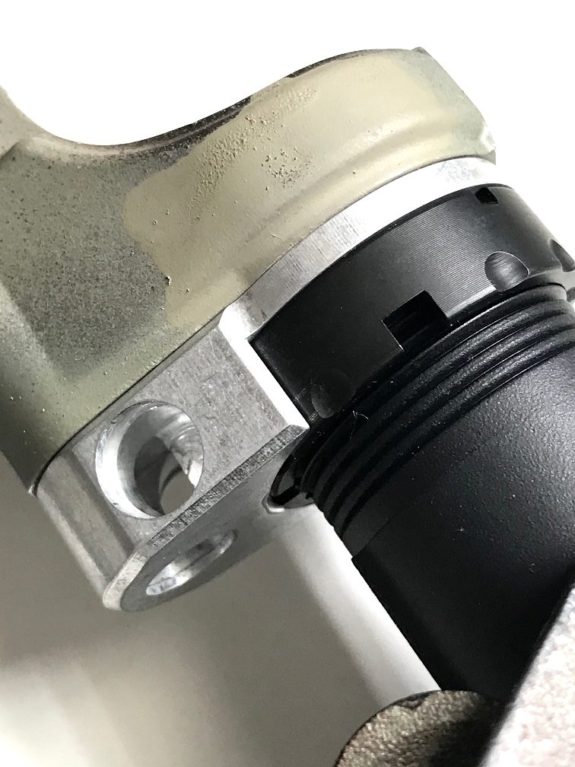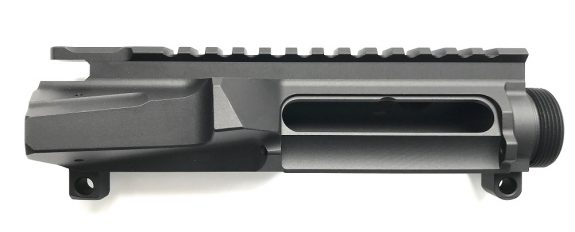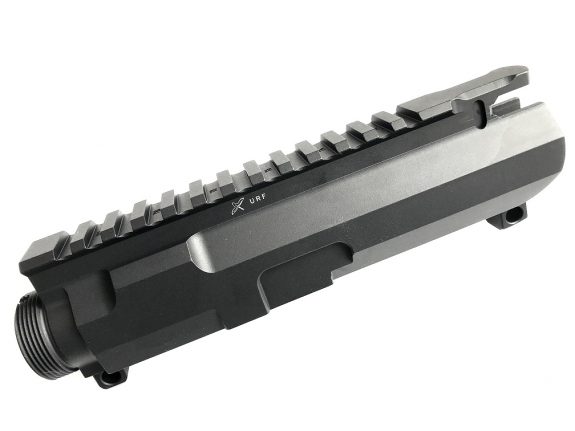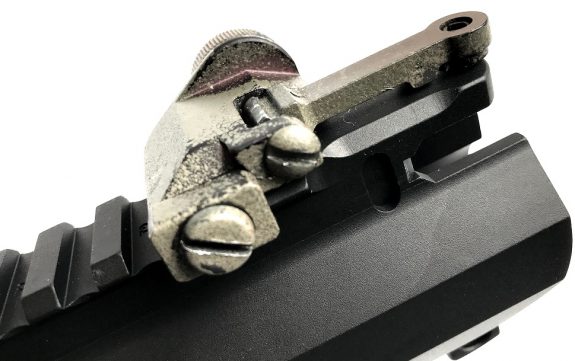Forward Controls Design’s (FCD) new RHF rails are manufactured by CMT. The rails are based on the UHPR Mod2 but with some changes based on FCD’s input.
FCD’s changes include:
- Omission of QD swivel attachment points to allow the user to place their own sling attachment point.
- Barrel cooling vents changed to the classic round shape to pay homage to Knight’s Armament’s RAS and RIS where meaningful modular revolution began.
- Simplification of the already understated aesthetics of the CMT UHPR Mod 2 handguard.
The RHF rails start life as 6000 series extruded aluminum which is then machined to its final shape. The barrel nuts are machined from 7075 aluminum and the mounting hardware is 17-4 PH stainless steel.
The RHF rails feature M-LOK slots at 3, 6, and 9 o’clock with a full length top rail. They have anti-rotation tabs.
Weight including all hardware:
6.7″, 6.5oz
9.5″, 7.9oz
13.7″, 10.2oz
15″, 10.9oz

